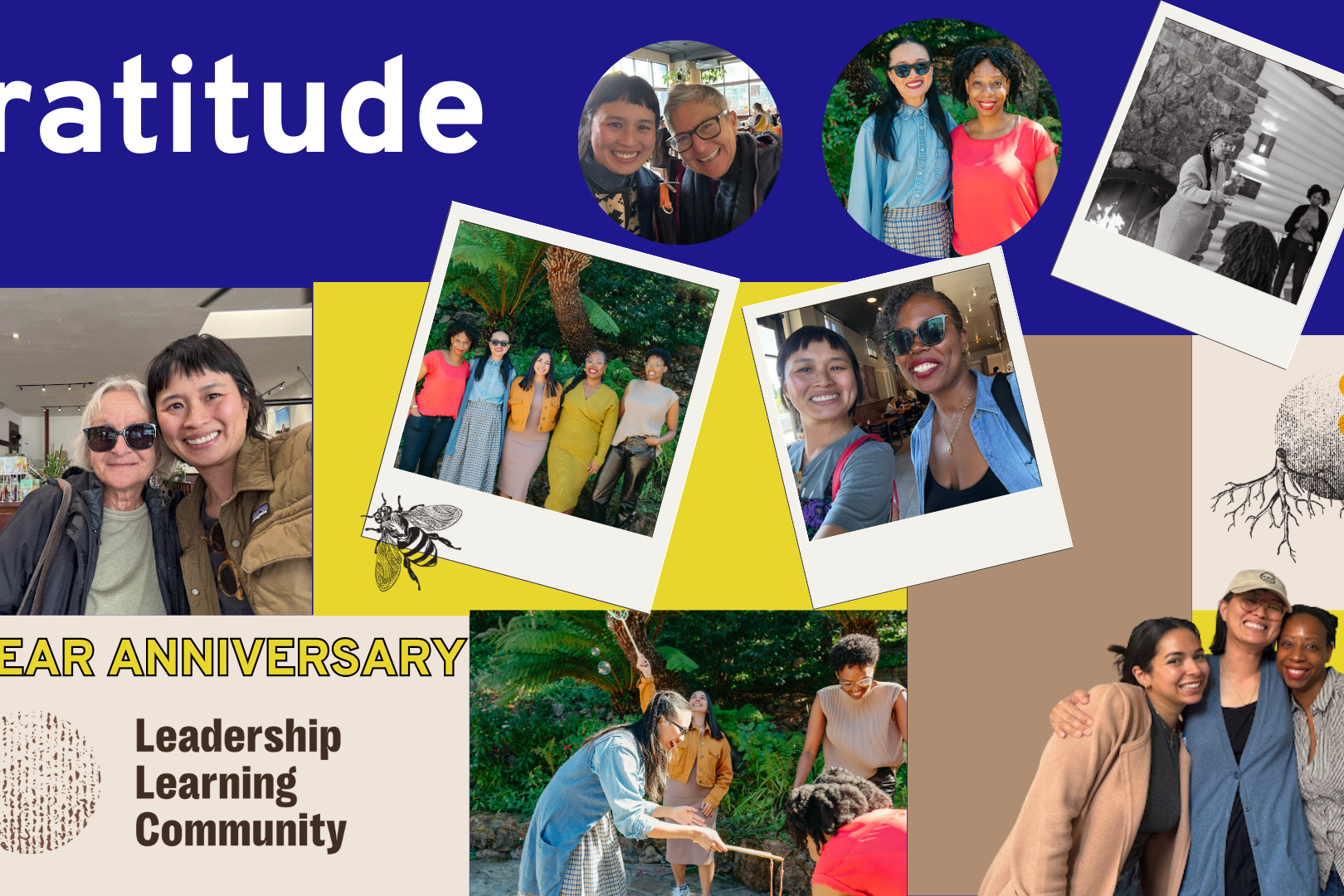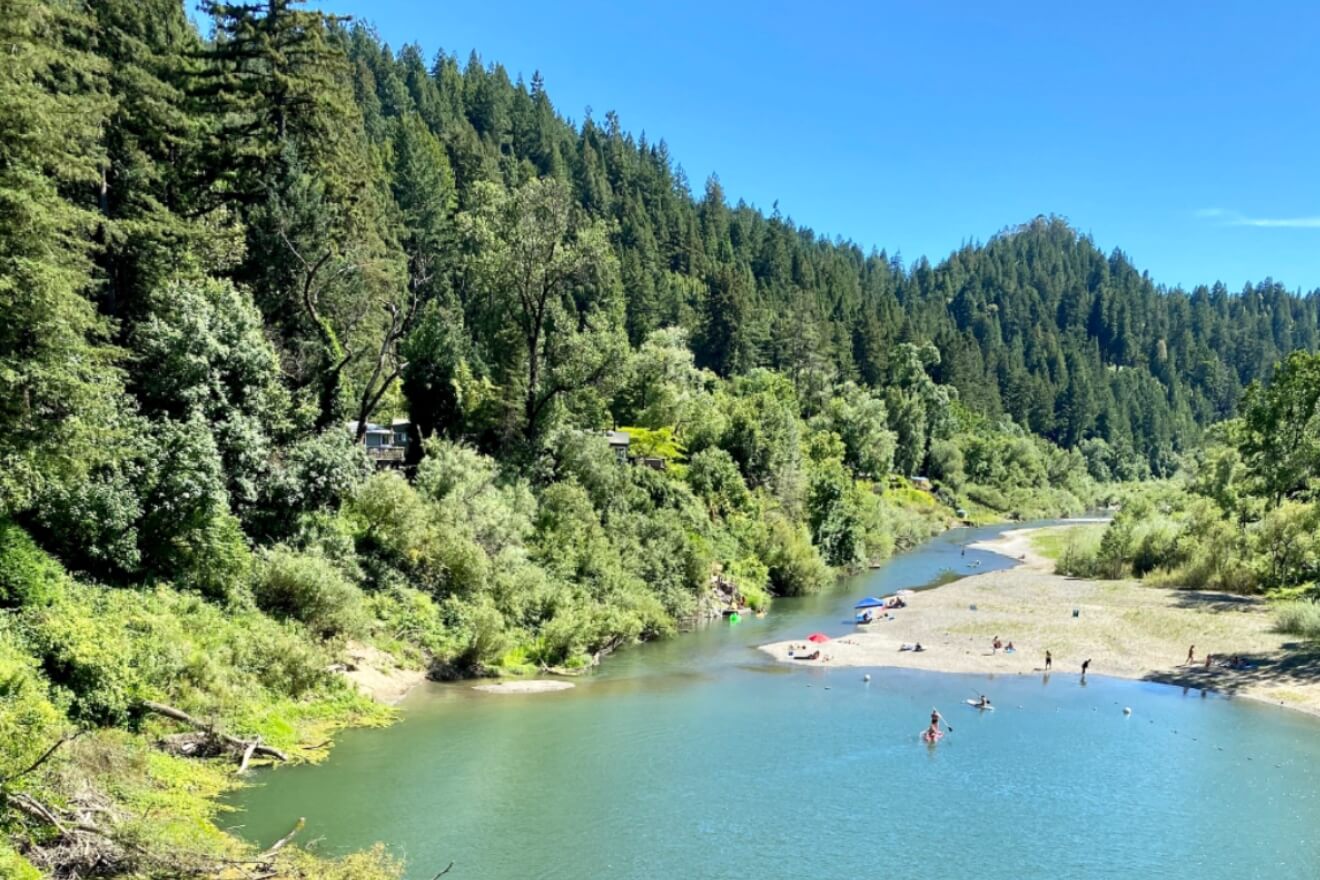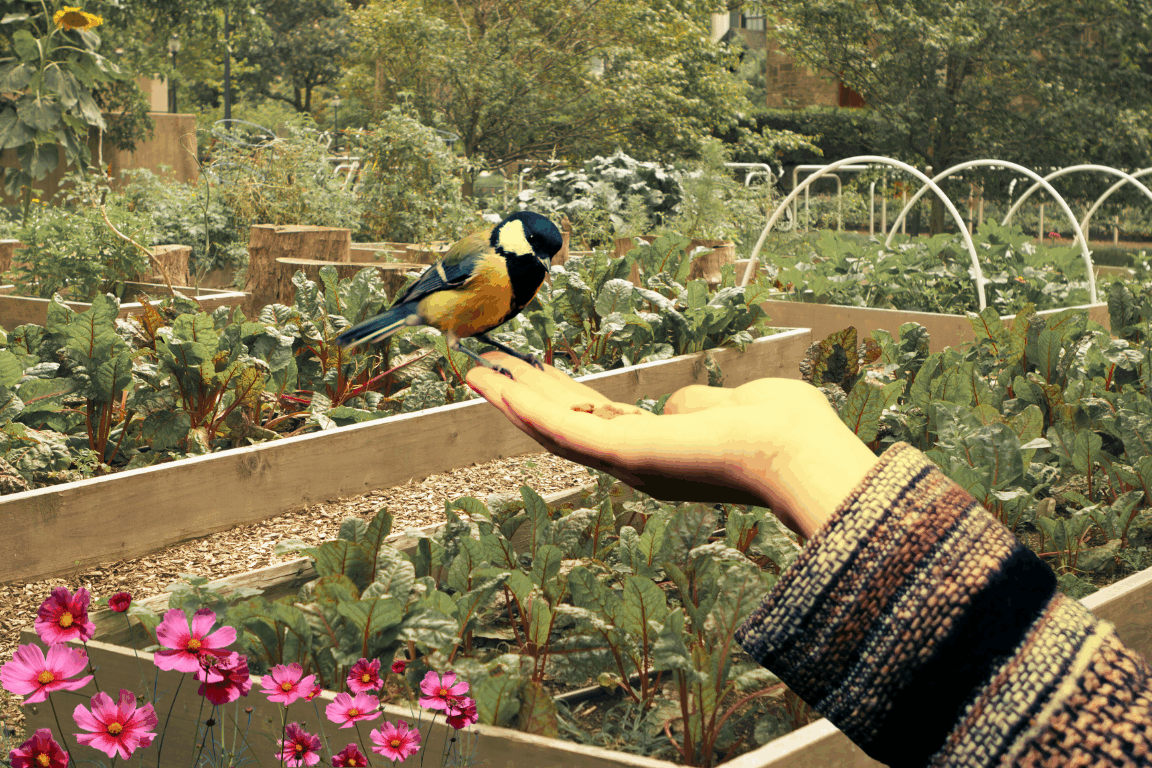Throughout the Creating Space 2019/2020 multi-region conversation series, we’ve explored what it would take for our Leadership Development work to center equity and shift power for justice. In each conversation, at some point, we explored what a liberatory future could look like and how our work fighting for equity and justice could help us make this future real. To further dig into these questions, the Bay Area convening Co-Facilitator, Patrick Brown, explicitly asked a panel of Catalyst Speakers to explain how they think about liberation, specifically how they distinguish between equity and liberation.
Although each regional conversation was different, the yearning for transformation and freedom was a throughline, as was resistance to more transactional approaches. Thinking about this causes a sense of dissonance for me as I follow the news filled with stories about the global rise of authoritarianism. What I find most scary isn’t just the increase in individual fascists or despots, or individual fascist or despotic governments, but the frighteningly large numbers of people embracing them. In both my work and private life, I spend a fair amount of time in a bubble where I think, “Everybody just wants to be free, right?” So I feel this disconnect and shock looking at folks who seem to be clamoring to be controlled. (Although to be fair, I suspect many of these folks are actually embracing mechanisms of control to gain the ability to control others, but that’s a different conversation.)
I started to contemplate what this means for folks in the field of leadership development; how does our work support others in their journeys to embrace their own freedom while not pitting their freedom against that of others in a zero-sum game. Can we talk openly about what the opposite of liberation looks like and why people might seek to be bounded?
Over the last few months, as I’ve been thinking about this, several fantastical images of binding and enclosure came to mind. I pictured a protective safety gate that gradually turns into a cage, a warm comfy coat that turns out to be a straitjacket. I realized that I’m wrestling with how to articulate resistance to the seductive promise of safety and security offered by authoritarianism and exploration of the risk and precarious uncertainty of freedom.
The topic of freedom versus boundedness also arose at the Creating Space Detroit event. Over breakfast, a few of us shared our families’ internal and international migration stories and the challenges and hardships which resulted. We talked about how, as women of color and immigrants, we’ve been excluded and restricted by the dominant culture. We noted that our communities, which have evolved from both our home cultures and the realities of our current conditions, have embraced and supported us through intergenerational trauma and oppression. However, in different contexts, the expectations of our communities may also feel rigid and restrictive. I had this impression of oppression functioning like a molecular gastronomy medium that takes something fluid and transforms it into a self-encapsulated object. I wondered if this solidifying, or gathering in on oneself or in one’s community, might be a natural response to danger, like the body tensing from fight or flight stimulation. I couldn’t figure out what to think about this contradiction; standing firm against oppression feels like a good thing, but then what to do with the discomfort of feeling confined and encumbered? I shared this musing with my husband, who practices martial arts, and he responded from that perspective: “…in fighting, you need to be both fluid and solid. When you’re taking a shot, you need to be fluid, and when you’re giving a shot, you need to be hard; you need the balance of both, not one or the other.”
So I’m wondering, in our efforts to fight for justice, are we creating opportunities for all of us to find balance, to practice being both loose and rigid, fluid and firm? That leads me to the idea that liberation is about being unencumbered such that one has a full range of motion and can embrace their full humanity. This felt like a long and circuitous way to conclude that we should focus on the whole person. However, given how most of us have been shaped by the dominant culture, understanding what it means to be in balance and hold both our own and each other’s wholeness is hard to think about, much less to actually do.
So what’s the point of all this pondering, how is this actionable? LLC is a network of folks who practice, study, and fund leadership development. When we are looking at the programs we create, evaluate, and fund, we must ask ourselves, relative to the acquisition of “hard skills,” to what extent do we focus on the practice, or being of liberation, the inner work Change Elemental refers to as “our ability to embody and reflect the transformation we wish to see in the world.” I think, as liberatory practitioners, when we look at the core competencies we want to focus on, the curricula we create, the tools and resources we produce, we should make space for wholeness, and as evaluators and funders, and when we are assessing the value of Leadership Development work, we should be looking at these factors as well.
Related Posts
December 15, 2025
LLC’s 2025 Celebrations
July 21, 2025




